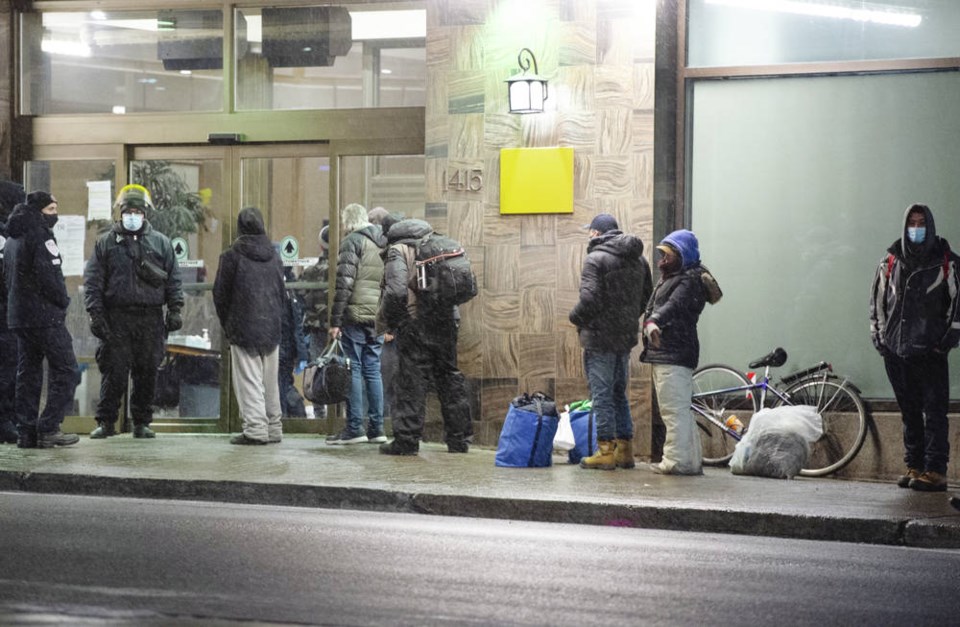A look at COVID-19 infection rates across the country reveals some seemingly inexplicable differences.
Part of it is down to sheer stupidity, like the Quebec couple fined $3,000 for breaking that province鈥檚 8 p.m. curfew.
Sherbrooke police spotted a woman out walking with her husband, who had a dog leash round his neck. When challenged, the woman insisted that she was out walking her dog, as dog walking is permitted after 8 p.m. Woof.
Part of it relates to geographic isolation. While nationwide, the infection rate stands at 1,826 cases per 100,000, the Maritimes have suffered far less.
Prince Edward Island reports 72 cases per 100,000 population, Newfoundland and Labrador 76, New Brunswick 110, and Nova Scotia 170.
But now look at what鈥檚 happening in Central sa国际传媒. Quebec鈥檚 infection rate is a staggering 2,850 per 100,000 population, while Ontario reports 1,660.
You could explain some of this by the unavoidable reality that both provinces are major destinations for international travel. Since the epidemic began, around seven million people have entered sa国际传媒, either visitors from abroad or Canadians returning home. Most of those border crossings have occurred in Ontario and Quebec.
These two provinces also have large, population-dense centres that give the disease more opportunities to spread.
As well, the spring break came earlier in Quebec, meaning people there travelled abroad before the full extent of the epidemic was realized, and brought the virus back with them.
But if these are reasonable explanations, then what on earth is going on in Alberta? That province鈥檚 case load stands at 2,780 per 100,000, just a little below Quebec鈥檚 and far above Ontario鈥檚.
Yet neither Calgary or Edmonton receive anything like the amount of cross-border travel that Toronto and Montreal do. And neither approaches the population density of the two eastern cities.
Some of it likely has to do with the initial containment policy adopted by the Alberta government. Following the Swedish model, the province held back from severe lockdown measures, and instead encouraged people to behave responsibly.
When that failed to work, the government was forced to declare a public-health emergency. A sweeping shutdown is underway, but as things stand, it looks like a case of too little, too late.
Most COVID-19 research now shows that jurisdictions that clamped down early in the epidemic did better than those that delayed. Once the virus gains a footing, it is much harder to contain.
Then we come to the Fraser Health Authority, one of five health authorities in sa国际传媒 To date, Fraser鈥檚 case rate per 100,000 is 1,440, nearly twice the provincial total of 850. A good proportion of these cases are in Surrey.
For purposes of comparison, Vancouver Island鈥檚 case rate is 95 per 100,000.
The provincial health officer, Dr. Bonnie Henry, has said the high case rate in Fraser is related, in part, to indoor gatherings, in some cases following weddings.
But why we are seeing more of these than elsewhere is unexplained.
Bottom line: There鈥檚 been a tendency, in national reporting, toward congratulating provinces or regions with low case rates for good management.
Likewise, provinces with bad scores get ripped. Alberta Premier Jason Kenney鈥檚 popularity rating is through the floor.
Yet while prompt containment policies have played a part, it鈥檚 evident from the wide range of infection rates that other factors are involved, some of them beyond government control.



